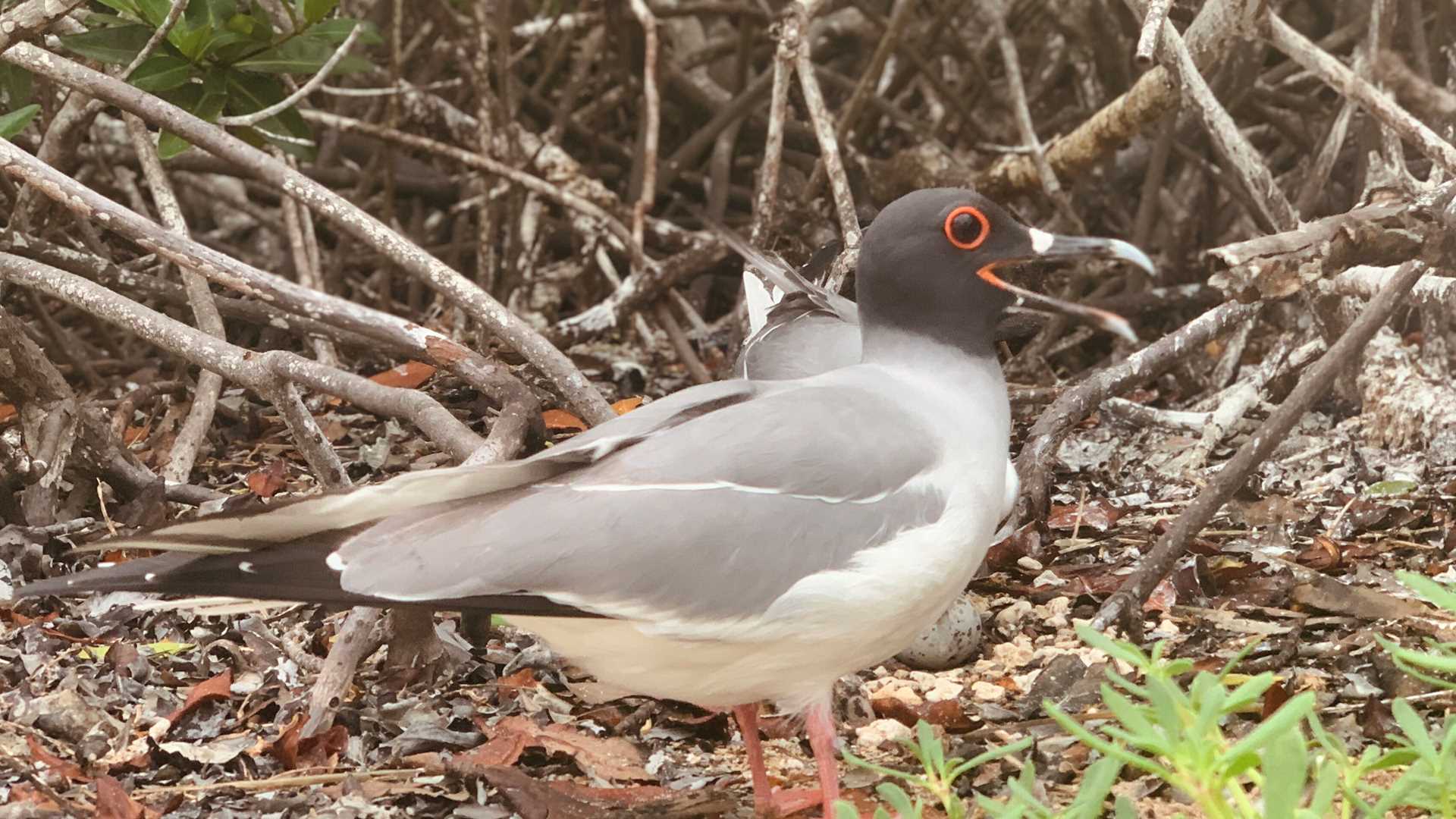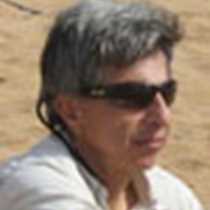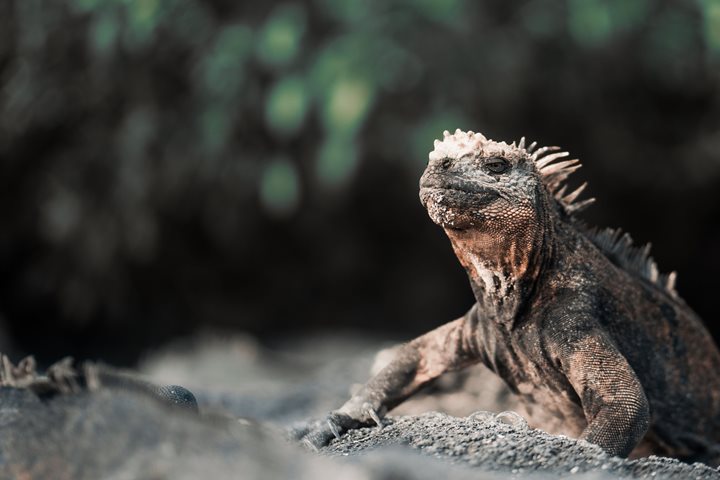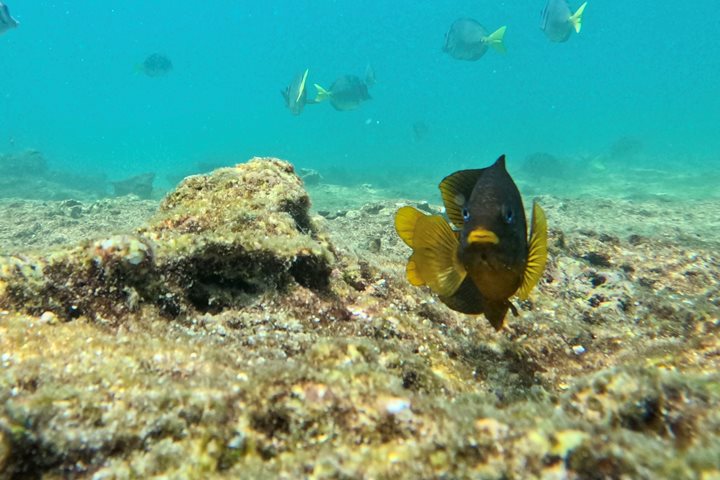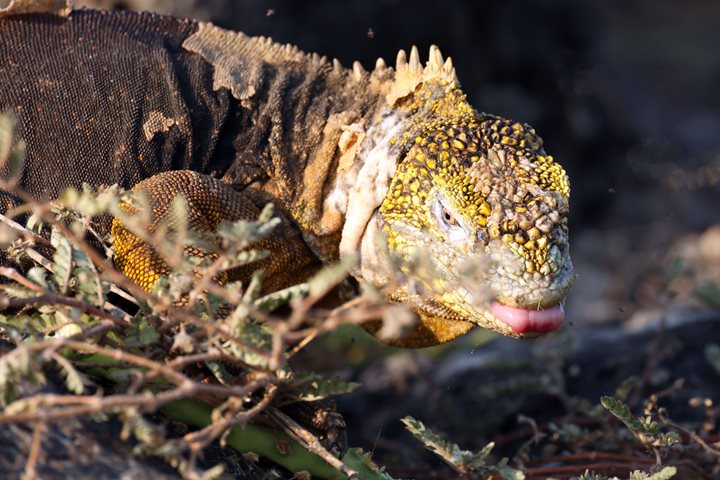Located at the northeastern end of the Galapagos, Genovesa Island hosts the largest seabird colony of the Galapagos. Today we explored the two visitor sites on the island, Darwin Bay and Prince Phillip´s Steps. The highlights of the day were the many red-footed boobies and great frigate birds that we encountered along the trails.
- Daily Expedition Reports
- 06 May 2023
Darwin Bay & Prince Phillip´s Steps, Genovesa Island, 5/6/2023, National Geographic Islander II
- Aboard the National Geographic Islander II
- Galápagos
Salvador Cazar, Naturalist
Salvador Cazar studied biology at the Universidad Nacional Del Sur, Bahía Blanca, in Argentina and at the Catholic University of Ecuador. Between 1988 and 1994, Salvador worked as a naturalist and tour leader for several national and international to...
Read MoreShare Report
Peru and Galápagos Escape
VIEW ITINERARYRelated Reports
4/19/2024
Read
National Geographic Islander II
Sombrero Chino and Sullivan Bay, Santiago Island
Today we explored Sombrero Chino and Sullivan Bay, Santiago Island which are remarkably beautiful sites because of their impressive wildlife and landscapes. During the morning, we kayaked and snorkeled at Sombrero Chino Islet. In the afternoon, we moved to Sullivan Bay, where our guests had the chance to go for a Zodiac ride and a hike.
4/18/2024
Read
National Geographic Islander II
South Plaza and Santa Fe Islands
We are ready to set out early to explore the small and picturesque island of South Plaza. Here we find the endemic Galapagos land iguana, their reptilian features and colors stand out against the lava rocks and cactus forest. Swallow-tailed gulls nest right on and alongside the trail. Sea lions play in the water or rest under the bushes. On Santa Fe Island, we continue our excursions, this time with aquatic activities such as kayaking and snorkeling in the shallow turquoise waters of Santa Fe Bay. Sea lions, turtles, large schools of various fish, and rays are found. Later we explored by land to see the island’s land iguanas, finches, doves, and mockingbirds.

